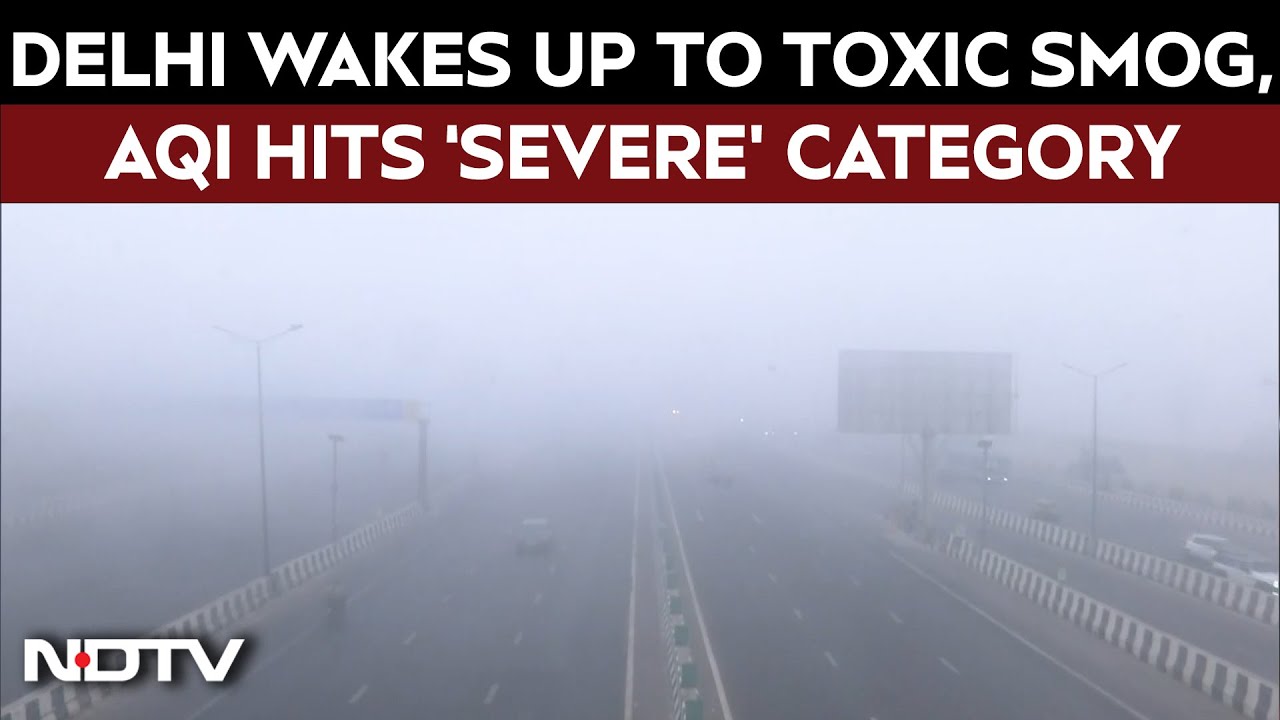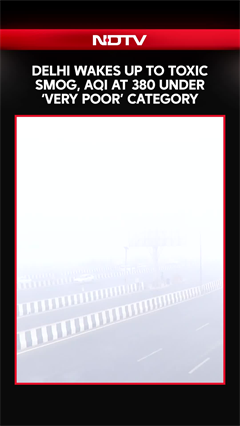- Home/
- Air Pollution: Follow These 10 Workout Tips To Stay Healthy And Safe
Air Pollution: Follow These 10 Workout Tips To Stay Healthy And Safe

Air pollution refers to the presence of harmful substances or particles in the air, usually from human activities such as industrial emissions, vehicle exhaust, and burning of fossil fuels. These pollutants can include chemicals, gases, smoke, and particulate matter.
Working out outdoors in an area with high levels of air pollution can indeed have negative effects on health. When exercising, we breathe in more air and take in a greater amount of pollutants compared to when we are at rest.
This can lead to various health issues, such as irritation of the respiratory system, increased risk of respiratory infections, worsening of asthma symptoms, decreased lung function, and an increased risk of developing chronic respiratory conditions.
Additionally, air pollution can also affect cardiovascular health, as pollutants can enter the bloodstream through the lungs and cause inflammation, oxidative stress, and damage to blood vessels. This may lead to an increased risk of heart attacks, strokes, and other cardiovascular diseases. Read on as we share tips to help you workout safely when the AQI is high.
10 Workout tips to follow if there's high air pollution:
1. Check the air quality index (AQI) regularly
Keep track of daily AQI levels in your area using reliable apps or websites. Avoid outdoor workouts on days when the pollution levels are high.
2. Modify your workout routine
Consider changing the timing of your workouts. Early mornings or late evenings usually have lower pollution levels compared to midday. Adjust your schedule accordingly.
3. Choose indoor workouts
Opt for indoor exercises like yoga, Pilates, or weightlifting instead of outdoor activities. This helps in minimising exposure to pollutants.
4. Invest in a good quality air purifier
If you prefer exercising at home, use an air purifier to filter out harmful particles and maintain good indoor air quality.
5. Wear appropriate gear
If outdoor activities are unavoidable, wear a mask designed to filter out pollutants. Additionally, dress in breathable and lightweight clothing to reduce exposure.
6. Find alternative locations
Look for areas with good air quality, like parks or green spaces close to water bodies. These areas tend to have better air circulation and lower pollution levels.
7. Stay hydrated
Drinking plenty of water helps your body flush out toxins more efficiently, minimising the impact of pollutants on your health.
8. Listen to your body
If you experience symptoms like coughing, wheezing, or shortness of breath during exercise, stop immediately and seek medical assistance if needed. Your body is indicating that the pollution levels are affecting you.
9. Incorporate indoor air-cleansing plants
Plants such as peace lilies, spider plants, and rubber plants can help improve indoor air quality by oxidising pollutants.
10. Participate in low-intensity workouts
Opt for less strenuous exercises during periods of poor air quality. Walking, gentle stretching, or light aerobic exercises can still provide health benefits without overexposing yourself to pollutants.
It is generally recommended to avoid exercising in areas with high levels of air pollution, especially on days when pollution levels are particularly high. If exercising outdoors is unavoidable, choosing times when pollution levels are lower, such as during early morning or late evening, can help to reduce exposure. Wearing a mask designed to filter out pollutants can also provide some protection. Indoor exercise options, such as a gym or home workout, may be a safer alternative when outdoor air quality is poor.
Disclaimer: This content including advice provides generic information only. It is in no way a substitute for a qualified medical opinion. Always consult a specialist or your own doctor for more information. NDTV does not claim responsibility for this information.
also read
Thick Smog Blankets Delhi-NCR, Over 100 Flights Cancelled, 50 Trains Delayed
Edited by Aastha AhujaDelhi Government To Install Air Purifiers In 10,000 Classrooms As Pollution Soars
Reported by Ishika Verma, Edited by Amit ChaturvediBattle For Breath: Mumbai's Elite Enclave Turns Pollution Hotspot
Reported by Jitendra Dixit, Edited by Srishti Kapoor
Latest Stories
- Edited by Aastha Ahuja | Saturday December 20, 2025 , New Delhi
The national capital, Delhi, woke up to a thick layer of smog blanketing the city with the Air Quality Index (AQI) at 380, falling under the 'very poor' category.
- Reported by Ishika Verma, Edited by Amit Chaturvedi | Friday December 19, 2025
The government plans a phased rollout, funded through the environment cess, though exact installation timelines have not been announced.
- Reported by Jitendra Dixit, Edited by Srishti Kapoor | Friday December 19, 2025
Air quality in and around Bhakti Park and Wadala Truck Terminal (TT) has plummeted in recent weeks, with AQI levels soaring beyond 300 - classified as "severe".
- Edited by Astitva Raj | Friday December 19, 2025
His post quickly became popular among people who have experienced similar health and safety concerns while living in Delhi.
- Press Trust of India | Friday December 19, 2025 , New Delhi
Commuter awareness rises after Delhi's BS-VI and No PUC, No Fuel enforcement; fuel sales dip in border areas, PUC queues remain steady, says DPDA president.
................................ Advertisement ................................
Latest Videos
Opinion
Blog | Well Done, Delhi. You've Turned Lung Sacrifice Into A Badge Of HonourSaikat Kumar Bose
Monday November 10, 2025Till some years back, Delhiites would ask angry questions to those in power about the capitals annual tryst with toxic air. This has changed. Those in the driving seat dont see the need to answer now.
Opinion | Why Indians Have Just Given Up On Air Pollution CrisisTanushree Ganguly
Friday December 20, 2024While some may argue that people in Delhi are now more aware of air pollution than they were a decade back, my rebuttal would be that awareness does not mean that people are concerned.
Opinion | You Must Outrage Over Filthy Air More Than Once A YearJyoti Pande Lavakare
Tuesday December 10, 2024Delhi welcomed us with monsoon rains and mangos. We were home. Fast forward a couple of years, in the winter of 2012, I found myself in denial about something other parents, mostly expats, were calling toxic air.
Opinion | Delhi's Air Pollution Situation Is Like A Bad MarriageNishtha Gautam
Friday November 22, 2024On a good day, such as today, the AQI reading in Delhi is 407. We are jubilant at the sickly sunshine trickling through the slightly dissipated smog. At least its not 1600.
दिवाली... पराली... सियासी जुगाली!Ashwini kumar
Monday November 18, 2024दिल्ली-एनसीआर में प्रदूषण का समाधान तो आज तक मिला नहीं. हर साल चिंतित होकर हम-आप सांसों की तकलीफ के साथ-साथ दिल और ब्लड प्रेशर के मरीज भी क्यों बनें?


















